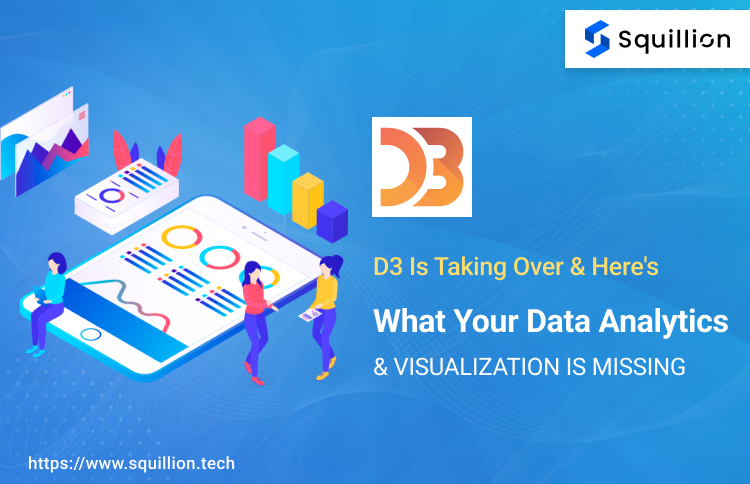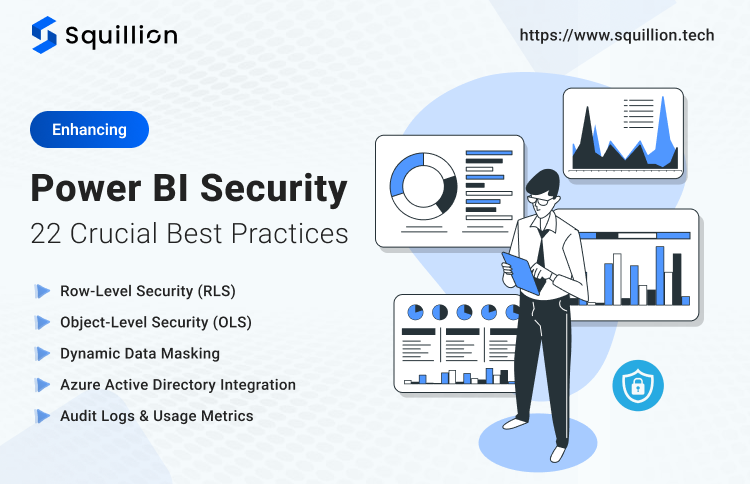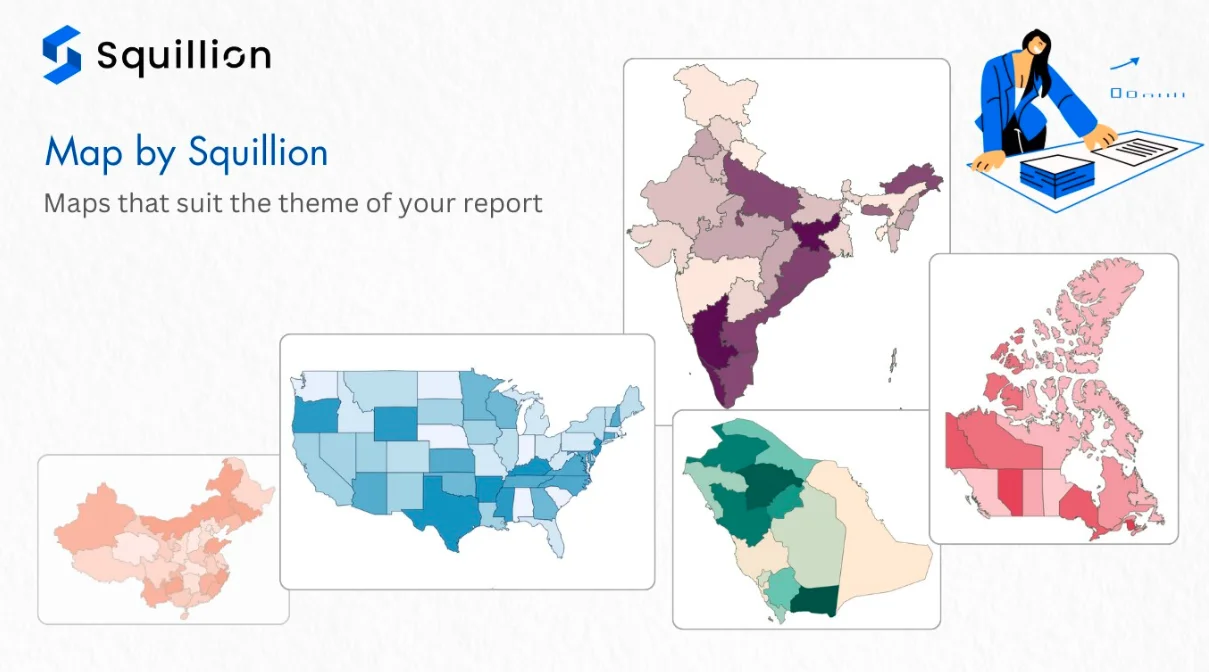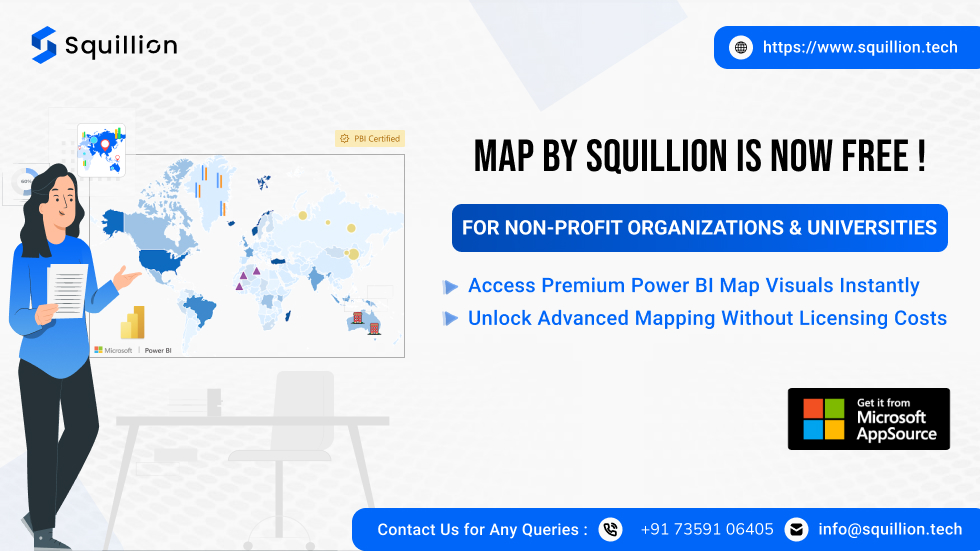From the daily choices made by common individuals to the strategic decisions of multinational corporations, data has become the very pulse of the world.
In 2023, the digital universe is expanding at an unprecedented rate. For some perspective, experts project that global data production may reach more than 180 zettabytes by 2025.
Think of a morning jogger tracking their steps, calories, and heart rate or a coffee shop analyzing peak hours and customer preferences. Now, scale that up to global businesses forecasting market trends, strategizing product launches, or optimizing supply chains.
In every scenario, data plays a pivotal role. Whether it’s marketing campaigns tailored to specific demographics or financial institutions predicting stock market movements, data has intertwined itself into the fabric of decision-making.
Without it, planning for the future would be like sailing a ship without a compass. Amidst this data-driven revolution, one framework stands out, promising to transform raw numbers into insightful visual narratives.
Dive in with us to discover the magic of D3.js and why it’s rapidly becoming the go-to solution for modern data visualization.
Understand the Power of D3 Data Visualization
In the vast ocean of data visualization tools, D3.js, commonly referred to as D3 stands out as a beacon of innovation. D3, which stands for Data-Driven Documents, is a cutting-edge JavaScript library designed to bring data to life using HTML, SVG, and CSS.
But what does that mean for businesses, and why is it causing such a stir?
At its core, D3.js allows binding arbitrary data to the Document Object Model (DOM) and applying data-driven transformations to the document.
In simpler terms, it lets you transform raw data into a visual masterpiece, be it a simple bar chart or a complex interactive map. But it’s not just about pretty visuals; it’s about making data understandable, relatable, and actionable.
Why Does D3 Visualization Matter?
In the age of information, data is everywhere. But raw data, in its unprocessed form, can be like a foreign language – vast, complex, and difficult to decipher.
Did you know that the human brain processes visual information a whopping 60,000 times faster than text? It’s amazing how our minds work, isn’t it?
This underscores the crucial importance of presenting data visually. Being able to understand and interpret data quickly can be the distinction between capitalizing on an opportunity and missing it entirely.
Now, consider the vast amounts of data generated across various industries:
- Healthcare: Hospitals and clinics are inundated with patient data. From medical histories to real-time vital stats, the ability to quickly interpret this data can be a matter of life and death. With D3.js, healthcare professionals can create interactive dashboards highlighting anomalies in patient vitals, potentially predicting and preventing complications.
- Finance: The financial world moves at a breakneck pace. Stock prices fluctuate every second, and traders need to make split-second decisions. D3.js visualizations can help traders spot patterns, predict market movements, and act swiftly.
- Retail: E-commerce platforms deal with a deluge of transactions and customer behaviors. Visualizing this data can reveal insights into purchase patterns, product preferences, and more, helping businesses tailor their strategies.
- Transportation: For urban planners, understanding traffic patterns is essential. D3.js can visualize congestion points, traffic flow, and more, aiding in efficient city planning.
- Environment: With the pressing issue of climate change, visualizing environmental data is more important than ever. D3.js can help scientists and advocates present compelling visuals on global temperatures, deforestation rates, etc.
- Remaining All Industries: Whether agriculture, manufacturing, entertainment, education, or any other sector, every industry today functions on data. From small startups to global conglomerates, data drives decisions, strategies, and innovations.
In sectors like real estate, understanding property trends and values through visual data can guide investments. In education, visualizing student performance data can shape pedagogical strategies.
The list goes on. Wherever there’s data – and in today’s world, that’s virtually everywhere – the need for effective data visualization is paramount.
It’s not just about making data look good; it’s about making data understandable, actionable, and valuable. In this context, tools like D3.js aren’t just beneficial; they’re indispensable.
When Should You Opt for D3.js?
D3.js shines brightly, offering a plethora of features and technological benefits that set it apart. But when is the right time for you or your business to make the switch or start with D3.js? Let’s explore:
1. Granular Control Over Visual Element: Imagine wanting your favorite ice cream with specific toppings and getting it just the way you like. That’s D3.js for data visuals. You get to design your charts and graphs exactly hyou want them. If you need pixel-perfect control over every aspect of your visualization, D3.js provides direct access to the underlying SVG elements, allowing for intricate customizations that many off-the-shelf tools can’t match.
Use Case Scenario: Imagine wanting your company’s logo colors to match the exact shades in your pie chart. D3.js allows such detailed customizations, ensuring brand consistency.
2. Data Binding to DOM: If you’re tracking something that often changes, like website visitors or stock prices, D3.js can update your charts in real-time. No need to hit the refresh button. One of D3.js’s standout features is its data-binding capability. If your application requires dynamic updates where the visualization should reflect data changes without a complete redraw, D3.js’s data binding can be invaluable.
Use Case Scenario: For a live sports score dashboard, as the scores update, the visualization can change in real time without reloading the entire page, thanks to D3’s data binding.
3. Integration with Modern Web Frameworks: Building a web application using React, Vue, or Angular? D3.js integrates seamlessly with these modern frameworks, making it easier to embed interactive visualizations directly into your web apps.
Use Case Scenario: If you are developing an e-commerce site using React, you can seamlessly incorporate D3.js to display real-time sales graphs directly on the site.
4. Custom Animations & Transitions: For projects where smooth transitions and animations are crucial – say, an interactive story where data morphs from one state to another – D3.js offers unparalleled control over transitions.
Use Case Scenario: For a charity fundraiser, as donations come in, a D3.js visualization can animate the progress bar with smooth transitions, enhancing user engagement.
5. Large-scale Data Exploration: If you’re building tools for data scientists or analysts who need to explore large datasets interactively, D3’s ability to handle vast amounts of data and still provide smooth user interactions can be a game-changer.
Use Case Scenario: When analyzing data on global climate change over several decades, a research institute can utilize D3.js to explore patterns and anomalies interactively.
6. Geospatial Visualizations: Working with geographical data? D3.js has robust geospatial capabilities, allowing for the creation of detailed maps, heatmaps, and other geographical visualizations. If you’ve got data related to places, like sales in different cities, D3.js can plot it on a map, making it easy to see patterns.
Use Case Scenario: A travel agency has the option to utilize D3.js to design an engaging and interactive map that allows users to discover and explore famous tourist spots across the globe.
7. Hierarchical Data Representation: If your data has a hierarchical structure, like organizational charts or tree diagrams, D3.js’s tree layout can visualize such data structures effectively and help visualize such complex relationships in an easy-to-understand manner.
Use Case Scenario: The tree layout feature offered by D3 can be such a useful resource for companies to represent their organizational hierarchy, from the top-level executives to the entry-level employees.
8. Custom Chart Types: Beyond the standard bar, line, and pie charts, if you’re venturing into sunburst diagrams, chord diagrams, or Sankey diagrams, D3.js has you covered.
Use Case Scenario: A music streaming platform can use D3.js to create a chord diagram showing the interrelation between genres most listened to during different times of the day.
9. Interactive Dashboards: Building a dashboard that requires user interaction, like filtering, zooming, or drilling down? D3.js’s event handling can capture user interactions, making your dashboards truly interactive.
Use Case Scenario: A hospital’s health dashboard can allow doctors to filter patient data based on symptoms, age, or other criteria, providing a tailored view using D3’s interactive capabilities.
Data Analytics Visualization: 7 Unmatched Benefits of D3.js
Incorporating D3.js into your data strategy isn’t just a trend; it’s a transformative decision that can propel your business to new heights. Here’s why:
- Interactive & Dynamic (d3 js visualization): D3.js brings your data to life. Instead of static charts, you get interactive visuals that allow users to zoom, pan, and drill down to the exact information they need.
- Deep Data Insights (d3 analytics): With D3.js, you can delve deeper into your data, uncovering patterns and insights that might be missed with other tools. The use of filters, for instance, enables organizations to identify high-performing channels, making data-driven decisions more straightforward.
- Simplifying Complex Data: D3.js doesn’t just visualize data; it un-complexes it. With a wide range of visualization services, including interactive dashboards, charts, tables, and maps, data becomes more digestible and actionable.
- Customized Reporting: Tailored reports are a game-changer. CEOs might need KPIs from all departments, while managers focus on team-specific data. D3.js facilitates these intuitive, customized reports, ensuring everyone gets the insights they need.
- Empower Decision Making: Clear, interactive visuals mean decision-makers can grasp complex data faster. This data-driven reporting ensures quicker, more informed decisions without dependency on others.
- Cost-Effective: D3.js is open-source, meaning you don’t have to invest in expensive licenses. Plus, with its flexibility, you can reduce the need for multiple visualization tools.
- Future-Proof Your Visualizations: D3.js is continually evolving, with an active community behind it. This ensures that your visualizations leverage the latest advancements and remain relevant as technology changes.
Squillion – Pioneering the Future of Data Analytics and Visualization
In today’s data-driven world, the ability to visualize and interpret data is paramount. And that’s where Squillion steps in, offering a comprehensive suite of data visualization services tailored to meet the individual needs of businesses across various sectors.
We understand that data is not just about numbers; it’s about stories, insights, and actionable intelligence. So, we don’t just believe in offering services; we leverage the best tools in the industry to ensure you get unparalleled insights.
Here’s a closer look at the tools we specialize in:
- Power BI: An effective business analytics tool that delivers insights to enable fast, informed decisions. With Power BI, we transform your company’s data into rich visuals, ensuring you focus on what matters most. Whether it’s interactive dashboards or in-depth reports, Power BI allows us to present data in an easily digestible manner.
- D3.js: D3.js stands out as a premier JavaScript tool designed for creating lively, interactive visuals directly within web browsers. Its adaptability is unparalleled, allowing us to design custom graphics that align perfectly with your unique requirements, making your data narrative truly resonate.
- Tableau: Renowned for its advanced data visualization capabilities, Tableau allows us to create insightful and interactive dashboards. From real-time data analytics to trend tracking, Tableau ensures that you’re always a step ahead in your decision-making process. Combining these tools with our expertise, Squillion ensures that your data is not just presented but narrated in a way that drives action. Whether you’re looking to spot trends, track KPIs, or gain more in-depth insights into your business operations, we’ve got you covered.
Here’s what sets Squillion apart?
From spotting trends and recognizing patterns to monitoring results and tracking essential metrics, our high-tech analytics solutions ensure that you’re always a step ahead.
- Holistic Data Visualization Services: Whether you’re looking to create data analytics platforms from scratch, add intelligent dashboards to your existing software, or embark on a complete data transformation journey, we’re here to assist every step of the way. Our services range from data storytelling and customized dashboard development to intuitive reporting and strategic implementation.
- Deep-Dived Data Filtration: Our advanced filtration techniques enable you to focus solely on the channels that hold the utmost importance, ensuring that your decisions are backed by precise and significant data.
- Un-Complexing the Data: Data can be overwhelming, but not with Squillion. We simplify complex data sets, presenting them through interactive dashboards, charts, tables, and maps, making data interpretation a breeze.
- Customized Reporting: We understand that different stakeholders have different needs. While a CEO might need an overview of all departments, a manager might only be interested in their team’s performance. Our customized reports cater to these unique requirements, ensuring that everyone gets the insights they need.
- Data-Driven Decision Making: Our solutions empower decision-makers at all levels to make informed choices, fostering a data-driven culture within the organization.
- Industry-Specific Solutions: From banking and finance to healthcare, education, and retail, our expertise spans a wide range of industries. We understand the distinctive challenges and opportunities of each sector, ensuring that our solutions are always on point.
Wrapping Up!
Our team comprises experts with battle-hardened skills dedicated to improving and innovating your data journey. We leverage the latest techniques for data display, ensuring that you get the most out of your data visualization efforts.
Moreover, our expertise in data analytics ensures that your organization truly transforms into a data-driven entity, all while reducing costs and time.
In a world where data is the new oil, Squillion is your trusted partner, ensuring that you harness this resource to its fullest potential.
So, if you’re looking to elevate your data game and drive impactful business decisions, Squillion is the partner you’ve been searching for. Join hands with us, and let’s chart a data-driven future together!





